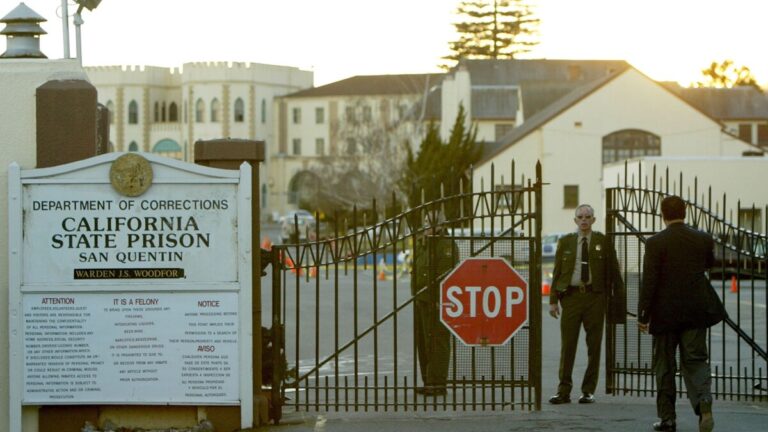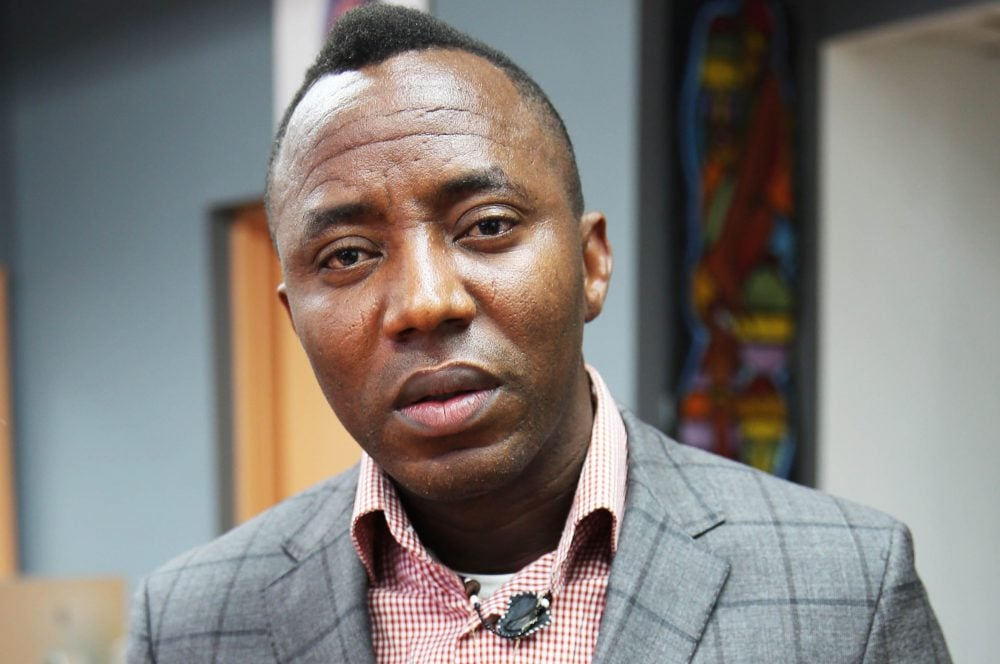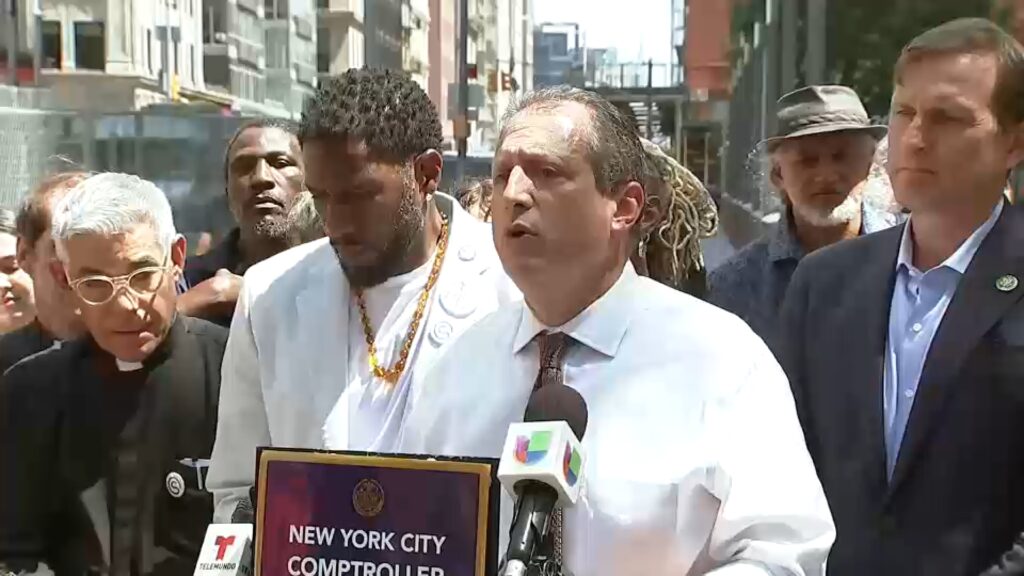California has initiated the relocation of all inmates on death row from San Quentin prison to other facilities as part of its efforts to transform the state’s most infamous institution into a rehabilitation center.
While some individuals in this cohort will now experience newfound liberties, there are concerns arising regarding their exclusion from the reform process and apprehensions about their safety in alternative prisons.
Keith Doolin vividly recalls the day in 2019 when he witnessed the dismantling of one of the United States’ most notorious death chambers.
From his cell in San Quentin prison, situated on the northern shores of San Francisco Bay, Doolin watched live television coverage as workers dismantled the execution chair. This chair had been the site of 194 executions over more than 80 years. The dismantling of the green gas chamber unfolded just a few hundred feet away from where Doolin was confined.
Doolin, a former long-distance truck driver convicted of murder, has spent nearly 23 hours a day in a cramped cell for the past 28 years. For much of that time, he harbored a constant fear of being led to the execution chamber and put to death.
However, recent years have brought swift changes to California’s prison system, offering a glimmer of hope for Doolin. Governor Gavin Newsom’s decision to dismantle the death chamber and impose a moratorium on executions marked a significant turning point for him.
“He [Newsom] was sending the message: ‘Look, it might take a while, but things are going to change’,” Doolin remarked.
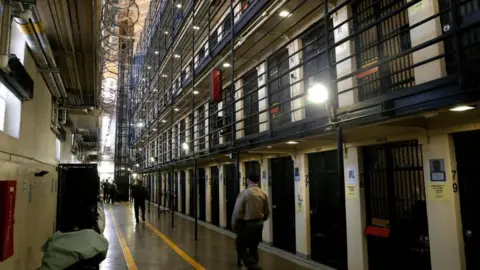
Now, Governor Newsom aims to implement further reforms at San Quentin, home to the largest death row in the nation. Last year, he announced plans to repurpose the state’s oldest prison into a rehabilitation center. As part of this initiative, the death row unit will be shut down, and Doolin, along with 532 other death row inmates, will be relocated to standard prisons across California in the coming months (with 70 already moved).
Despite the relocation, Doolin and his fellow inmates will continue to face death sentences, ensuring they spend the remainder of their lives behind bars. While the immediate threat of execution has been lifted with Governor Newsom’s moratorium, there remains a lingering concern that a future governor could reinstate the death penalty in the state.
Six individuals currently on death row, expressed a range of emotions regarding their upcoming move. Some were buoyed by the prospect of being closer to family and having the opportunity to move about without restraints, while others grappled with fear and uncertainty as they contemplated starting anew after decades of solitary confinement.
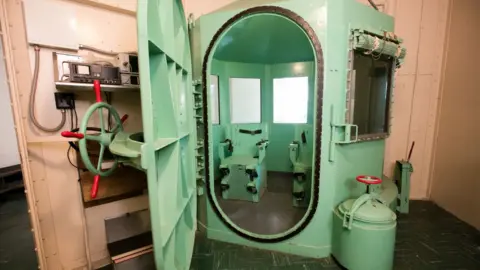
With a history dating back to 1852, San Quentin stands as California’s oldest correctional institution and the sole facility housing male inmates on death row. Over the years, it has witnessed 422 executions, carried out through various methods such as gas, hanging, or lethal injection, since 1893.
For family members like Donna Larsen, whose son Keith Doolin resides within its confines, every visit to San Quentin carries a poignant reminder of the prison’s grim past. Larsen, who makes a nine-hour round trip monthly to visit her son, must pass by the entrance to the prison’s execution chamber, a haunting symbol of the institution’s history and the stakes faced by those awaiting their fate on death row.

San Quentin’s execution chamber once served as a chilling beacon, casting a green light that ominously turned red during executions, visible to passersby on the nearby highway. This macabre spectacle, along with its roster of infamous inmates like cult leader Charles Manson, has propelled San Quentin to international notoriety, featuring prominently in podcasts, TV series, and films.
For Ramon Rogers, who arrived at the prison in 1996, conditions were dire. Rainwater seeped through the ceiling, and vermin, including mice and rats, roamed freely. However, the most disruptive pests were the birds, whose droppings littered the surroundings, creating an unsanitary environment.
Despite efforts to improve conditions, life on death row has remained restrictive and hazardous. During the peak of the Covid-19 pandemic, an outbreak within the prison claimed the lives of at least 12 death row inmates, contributing to a broader surge in infections that affected 75% of the prison’s population.

